
Culture
08:08, 05-Apr-2018
Qingming Festival: Mourning for the dead, respect for the living
By Ai Yan
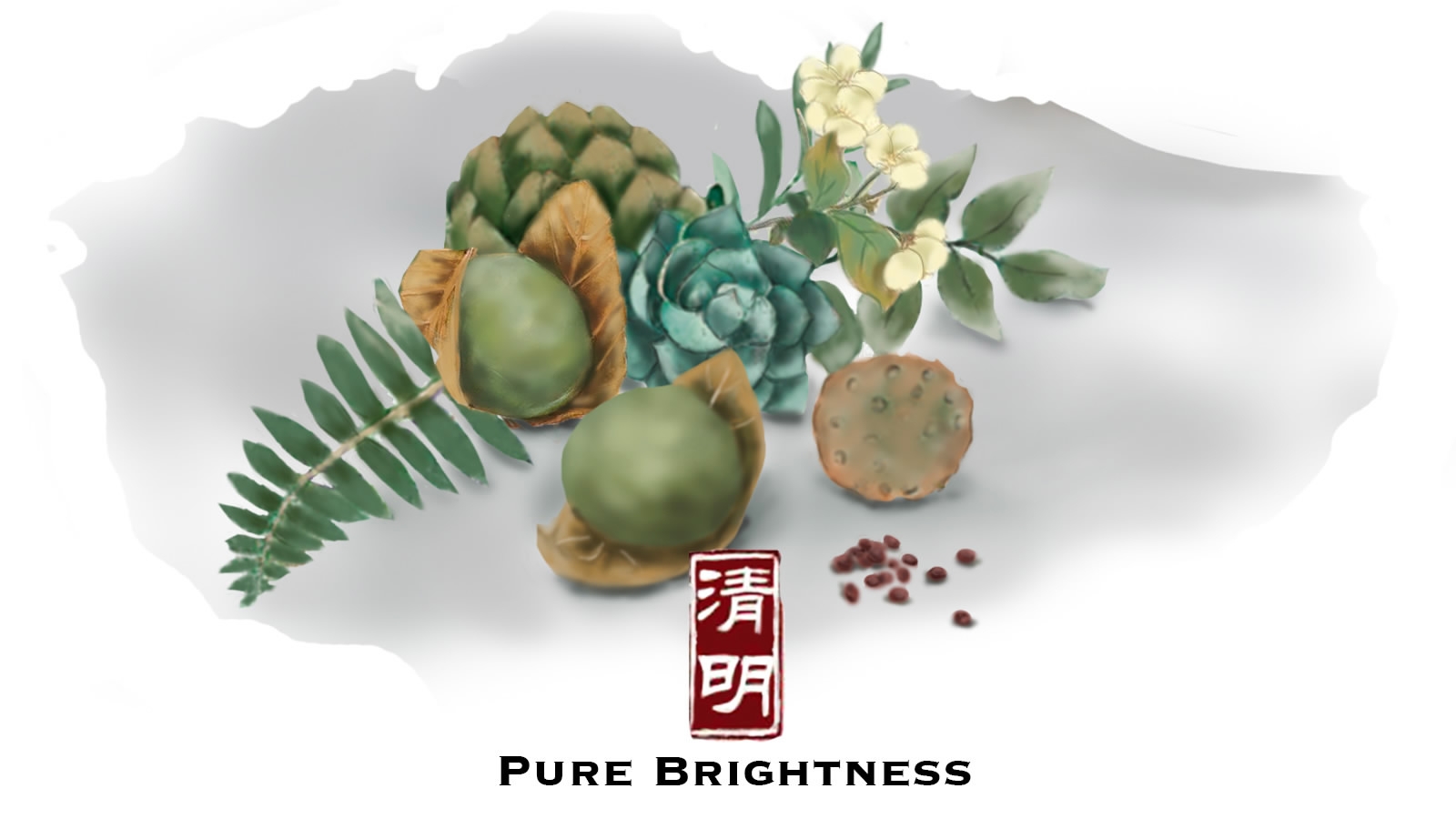
Qingming Festival, or Tomb-Sweeping Day, is the fifth solar term of a year, known as "Pure Brightness" in English. It is also the only solar term on Chinese lunar calendar that is also an important traditional festival.
As a day for both Tomb Sweeping and Spring Outing, it is a time when the admiration for life mixed with sorrow of death.
It usually falls around April 5, a time when the spring is in full bloom, and yet it is also one of the most important days to pay tribute to the deceased family members and relatives. But the two was separated at the very beginning, when the Hanshi Festival, or the “Cold Food Festival” was still being widely marked.

CGTN Photo
CGTN Photo
The combination of Qingming and Hanshi
At the very beginning, Qingming was only a name for one of the 24 solar terms, just like the others. It is not until its combination with the “Hanshi Festival” when it became a famous festive occasion.
The Hanshi Festival was designated to pay tribute to a loyal statesman during the Spring and Autumn Period (770-476 B.C.) who died in a fire. The Chinese people did not cook on the day of the Hanshi Festival and ate only cold food. The Tomb-Sweeping rituals were also derived from it.
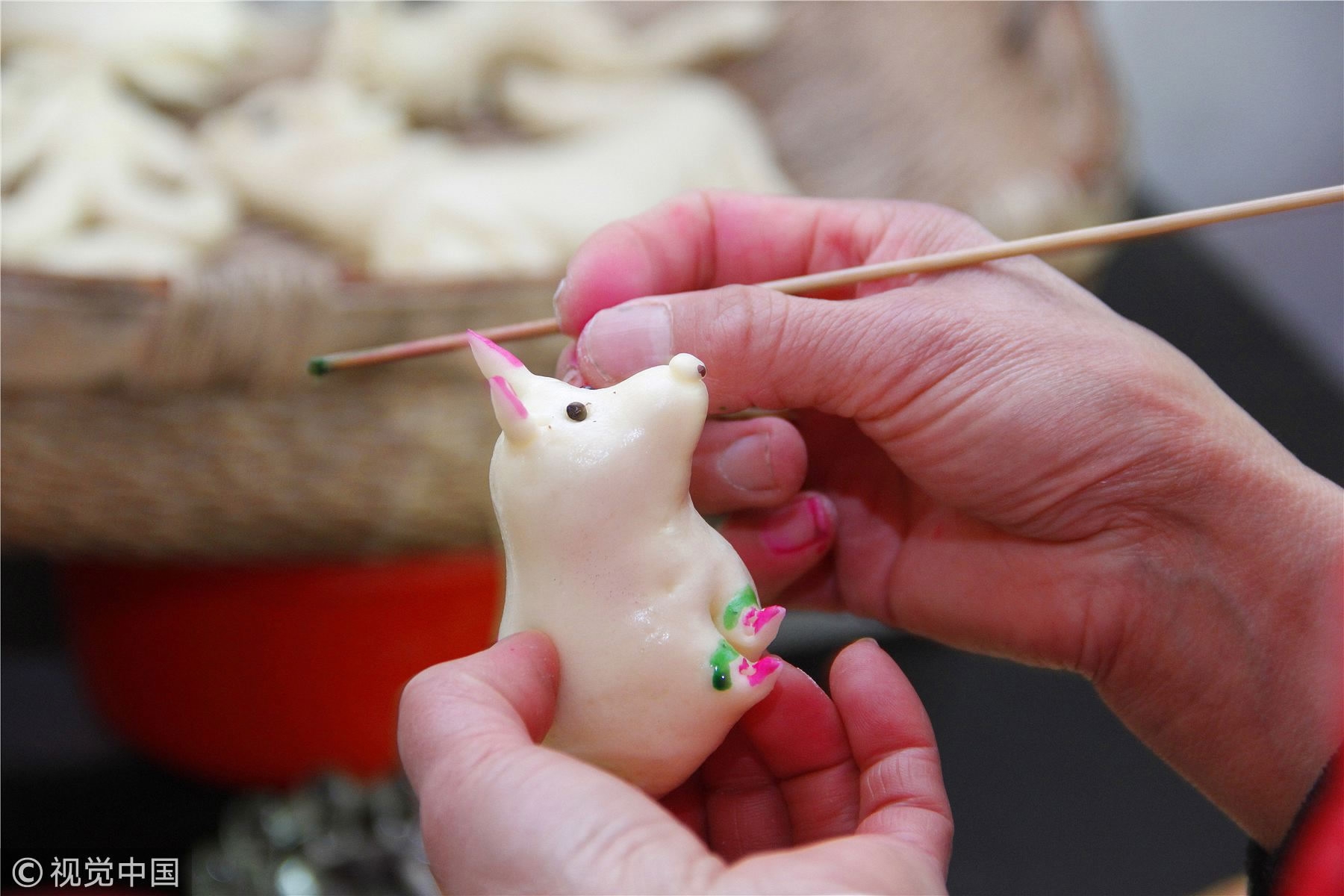
People make steamed buns in the shape of animals for "Hanshi Festival" in Shaanxi Province. /VCG Photo
People make steamed buns in the shape of animals for "Hanshi Festival" in Shaanxi Province. /VCG Photo
Since the festival has only one day’s interval from the Qingming, the two events were gradually mixed. As of the Song Dynasty (960-1279), the Hanshi Festival was slowly replaced by Qingming Festival, despite a few areas where the two are still marked separately.
A day of mixed emotions and traditions
The most centric tradition of the Qingming Festival is tomb sweeping, a way of paying tribute to the dead relatives and worshiping the ancestors. It is an essential ritual since ancient dynasties. During the Tang Dynasty (618-907), for instance, the ruler arranged four to seven days’ holidays for government officials so that they could return to their hometowns and sweep the tombs.
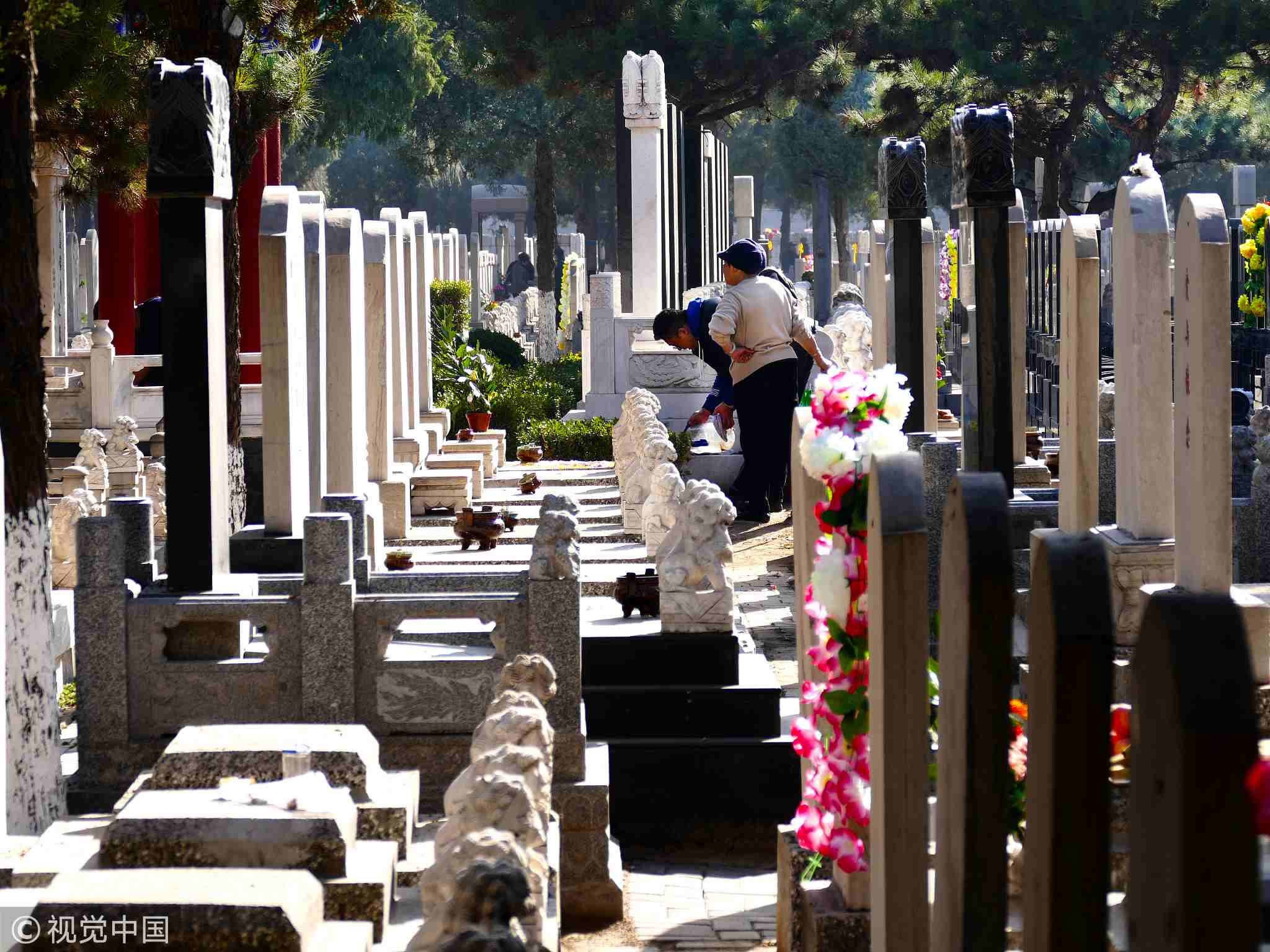
Chinese people sweep the tombs of their relatives on Qingming Festival. /VCG Photo
Chinese people sweep the tombs of their relatives on Qingming Festival. /VCG Photo
The Qingming Festival has been a statutory holiday since 2008, with off days increased to three in 2009. It is also marked as one of the four most important Chinese festivals along with the Dragon Boat, the Mid-Autumn, and Spring Festival.
Instead of burning paper money and incense for the dead, people in many areas inherited the ancient tradition of avoiding fire on the day, offering fruits and deserts only. In recent years, as the awareness for environment protection raised, local governments also encourage people to choose more eco-friendly ways to pay tributes.
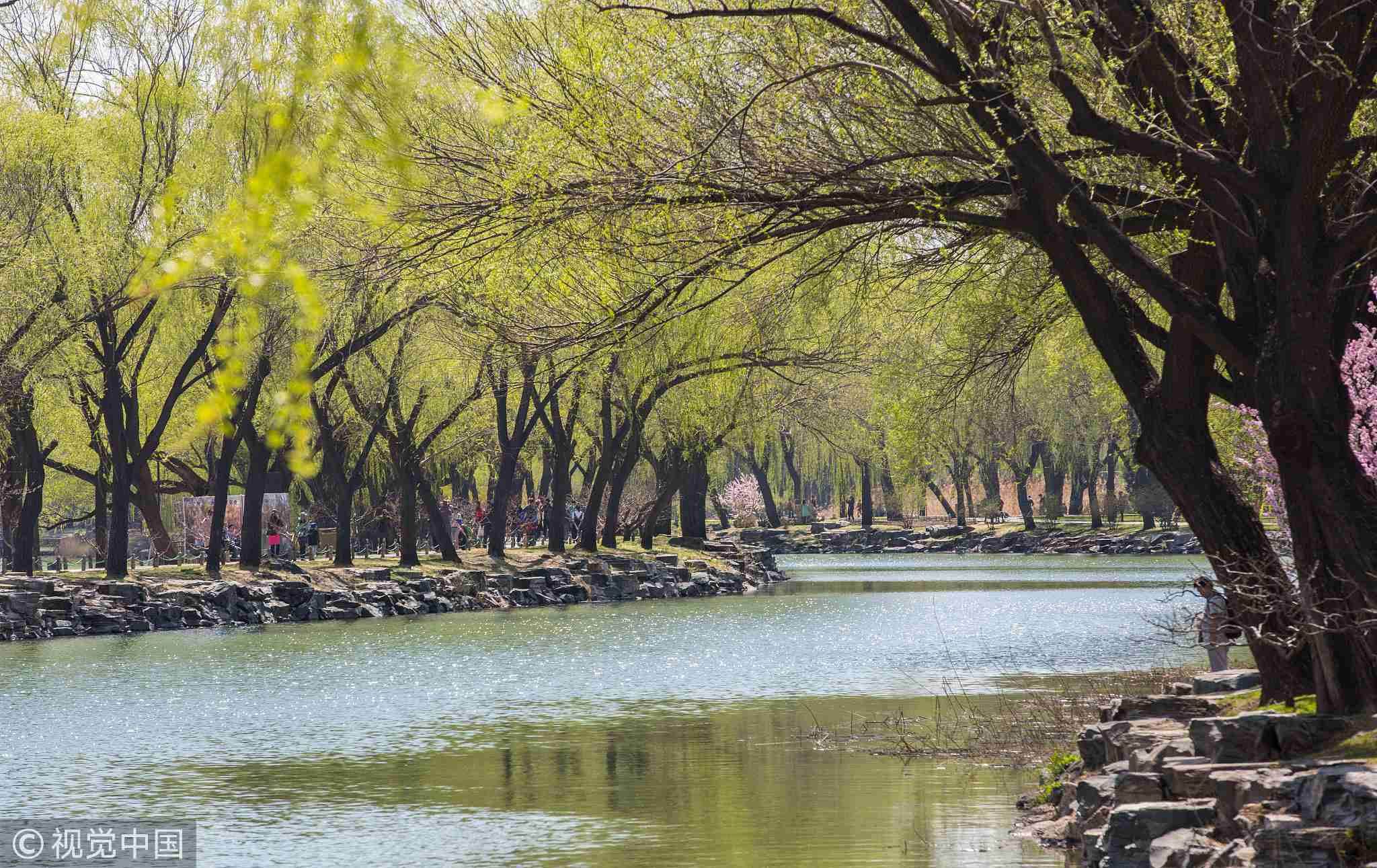
People go to gardens during the Qingming Festival. /VCG Photo
People go to gardens during the Qingming Festival. /VCG Photo
But paying tribute is not the only theme for the Qingming Festival. The day could be spent in sorrow as well as joy, as the Spring Outing is another tradition.
The Qingming Festival usually sees the most tender and amiable days of the spring. With the gentle breeze and the flowers in full bloom, it is the best time to enjoy fresh air. The Spring Outing on Qingming Festival has been inspiring many artists throughout the Chinese history, and the descriptions could be found in literary works, paintings, and other forms of art.

CGTN Photo
CGTN Photo
Traditional games on the day include flying kites, playing swings, playing Cuju (the ancient Chinese football) and planting willows. The entertaining ways are even more diversified in modern days. With a three-day holiday ahead, many people would plan a trip in advance.
The tradition of eating cold food
Although the Hanshi Festival is no longer widely marked, in many areas, people has maintained the habit of eating cold food. Qingtuan, made of glutinous rice and red beans, is among the most popular.
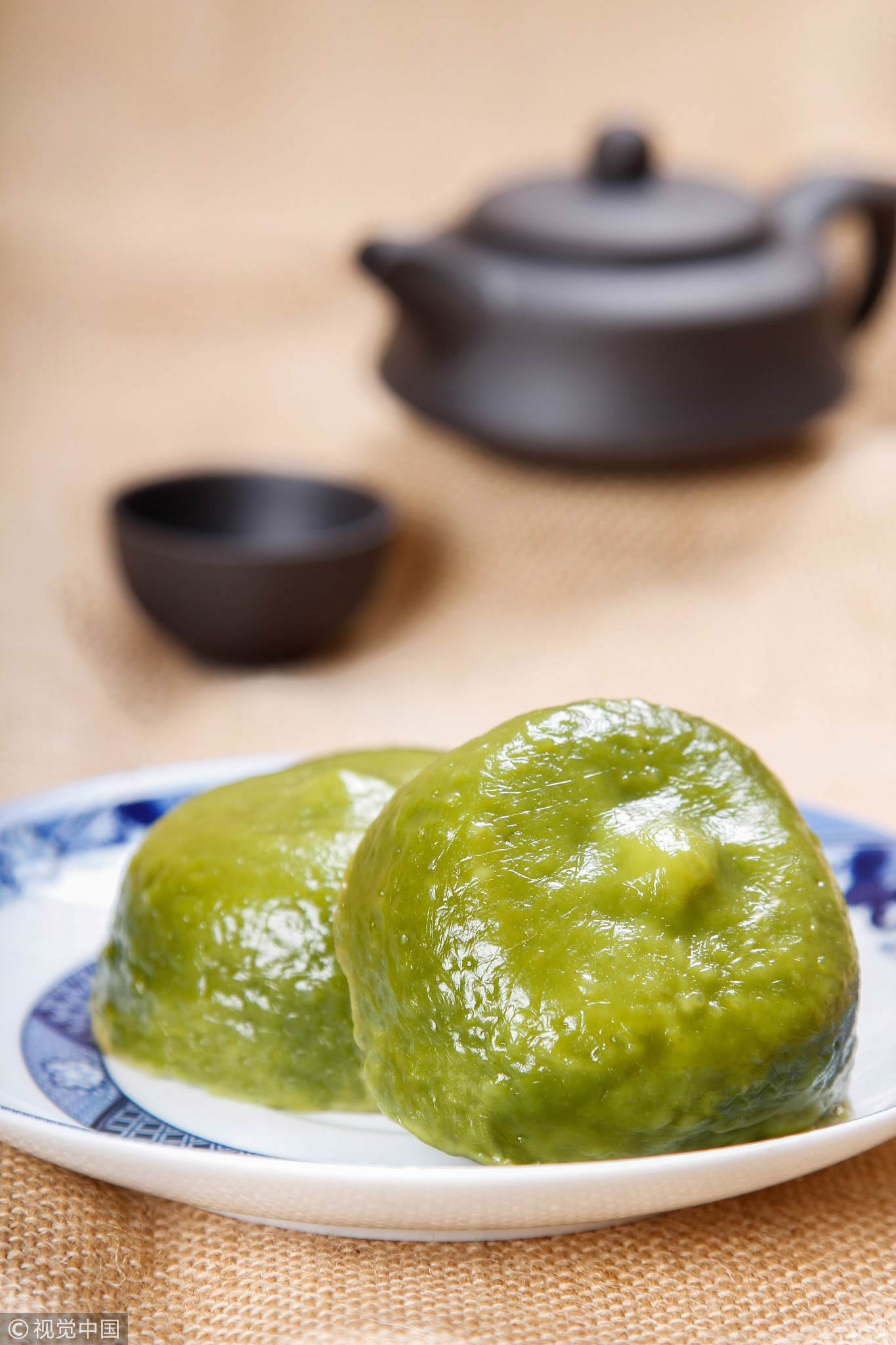
Qingtuan, a dessert for Qingming Festival /VCG Photo
Qingtuan, a dessert for Qingming Festival /VCG Photo
In many southern areas, Qingtuan would appear on the street stalls and stores weeks before the Qingming Festival. It is, therefore, called “the dessert for Qingming Festival”. The glutinous rice is steamed and pounded with green mugworts or bromegrass juice, and then filled with sweet red bean paste.
It is the most favorite dessert for many.
In east China’s Shandong Province, people eat boiled eggs, cold sorghum rice or cold pancakes scrolled with fresh vegetables. In Zhejiang Province, people like to eat snails growing in the rivers and throwing the shells onto rooftops.
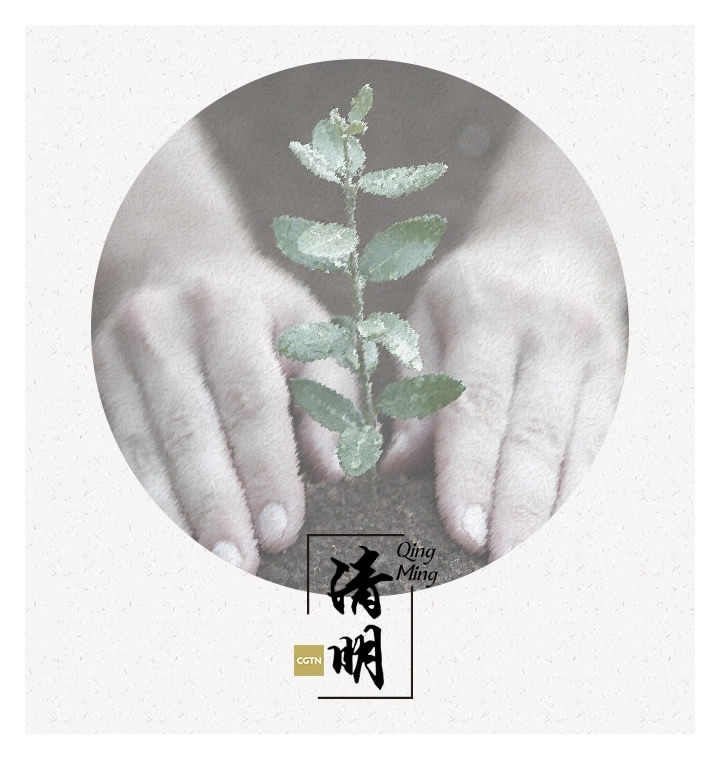
CGTN Photo
CGTN Photo
Despite all the seeming contradictions and mixture of the Qingming Festival, many say it is a reflection of the Chinese aestheticism.
[Cover photo by Ma Xiaonan]
(In our short documentary "Painted Life", we followed the story of a 96-year-old man, who began painting at 87 to remember his beloved wife. Stay tuned to CGTN’s "The 1.3 Billion" series, which explores diverse lives that make up China.)
5km

SITEMAP
Copyright © 2018 CGTN. Beijing ICP prepared NO.16065310-3
Copyright © 2018 CGTN. Beijing ICP prepared NO.16065310-3